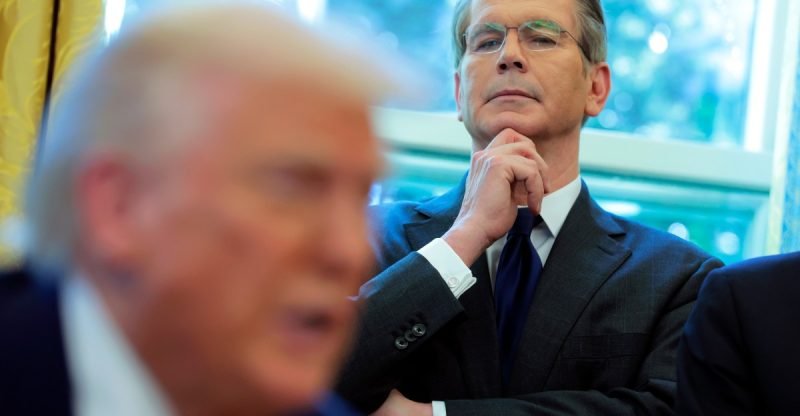
Donald Trump’s ‘Liberation Day’ tariff policy, initially a chaotic declaration of trade war, has since been refined, focusing primarily on China while imposing lower tariffs elsewhere. The administration hopes this strategy will revitalize American manufacturing, bolster national security, and even reshape the global currency system. However, this ambitious plan faces significant hurdles.
Many economists question the feasibility of these goals. Tariffs, while intended to boost domestic production, also increase the cost of imported goods, impacting both consumers and businesses. This can lead to reduced spending, slower economic growth, and decreased investment – a scenario already suggested by the initial market reactions to the tariff announcement. Even Trump’s revised approach has drawbacks; it alienates key allies needed in a potential anti-China coalition and targets industries ill-suited for reshoring to the US.
Trump’s more sophisticated advisors, including Treasury Secretary Scott Bessent and Council of Economic Advisers chair Stephen Miran, along with commentators like Oren Cass, propose a more nuanced approach. They argue for revitalizing American manufacturing, citing strategic and economic benefits, as well as job creation and national security concerns regarding dependence on China. Their plan goes beyond tariffs, envisioning a global accord to weaken the dollar, making American exports more competitive and reducing the cost of the national debt. However, this is a complex, long-term endeavor.
The inherent risks of Trump’s tariff strategy are considerable. Increasing import costs affect not only consumers but also American manufacturers who rely on imported parts and materials. This can lead to higher prices for domestically produced goods and a potential economic downturn. Trump’s inconsistent implementation, evidenced by the 90-day pause and exemptions for certain goods, only fuels investor uncertainty and discourages businesses from making long-term adjustments. Furthermore, the administration’s approach seems contradictory; targeting allies while aiming for a global anti-China coalition and imposing tariffs on goods not easily reshored to the US appears counterproductive.
While the value of the US dollar has indeed fallen, this is largely attributed to investor concerns about Trump’s erratic behavior and the perceived instability of the US economy. This unintended consequence further highlights the risks and potential for unforeseen negative outcomes associated with the tariff strategy. In short, while the administration’s aims are ambitious, the path chosen is fraught with peril and the likelihood of achieving them through the current tariff approach appears slim. The economic damage caused by these policies is far more likely to outweigh any potential benefits.










